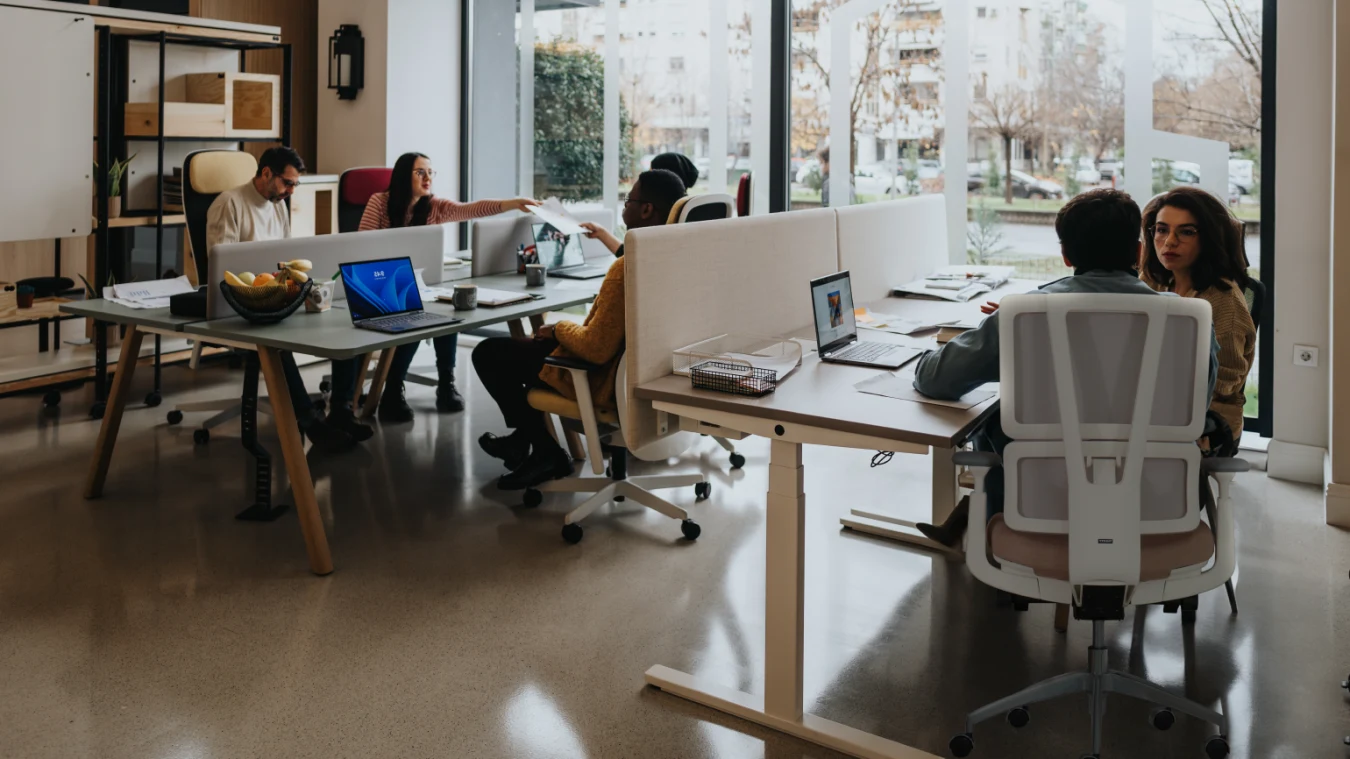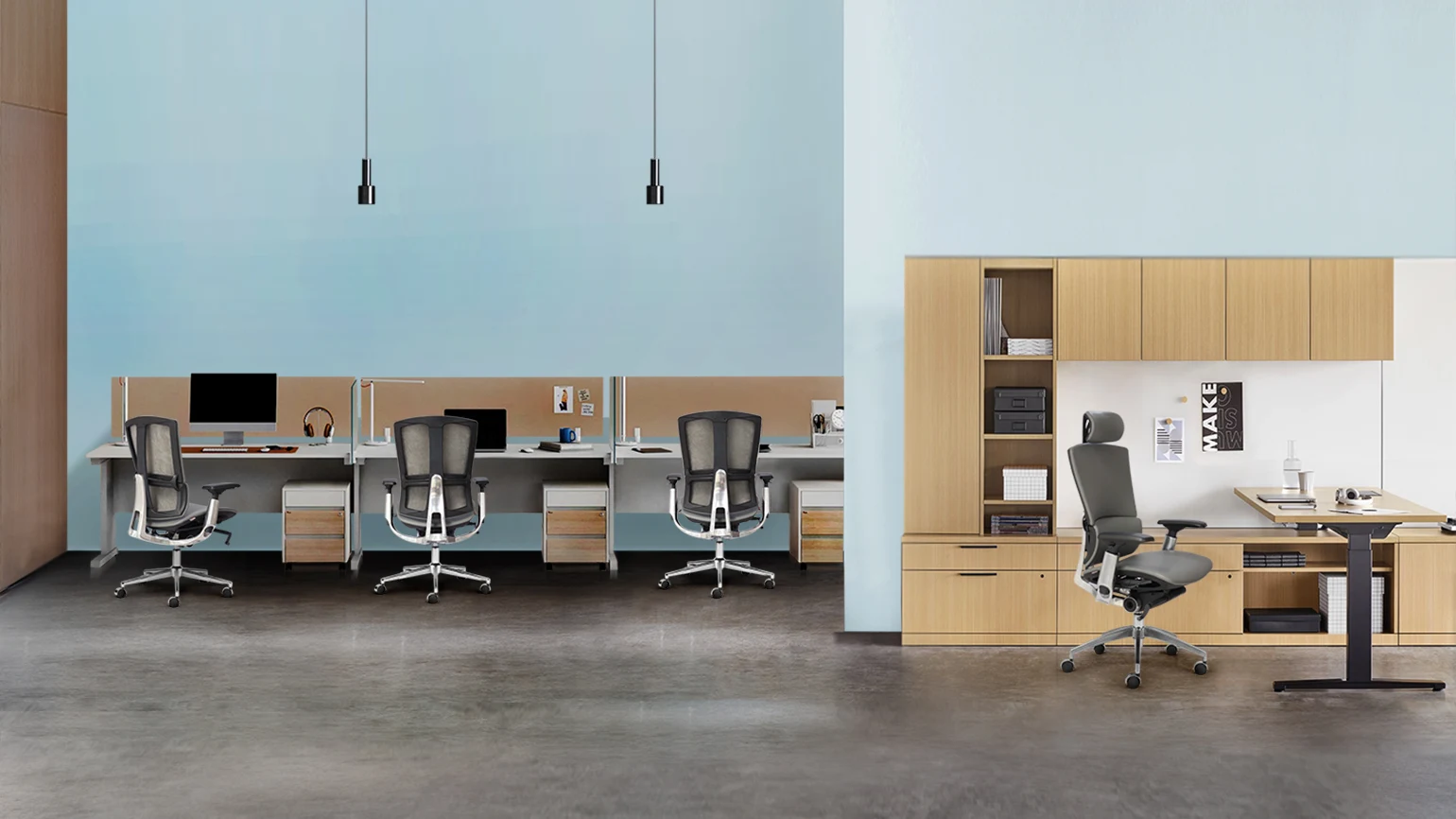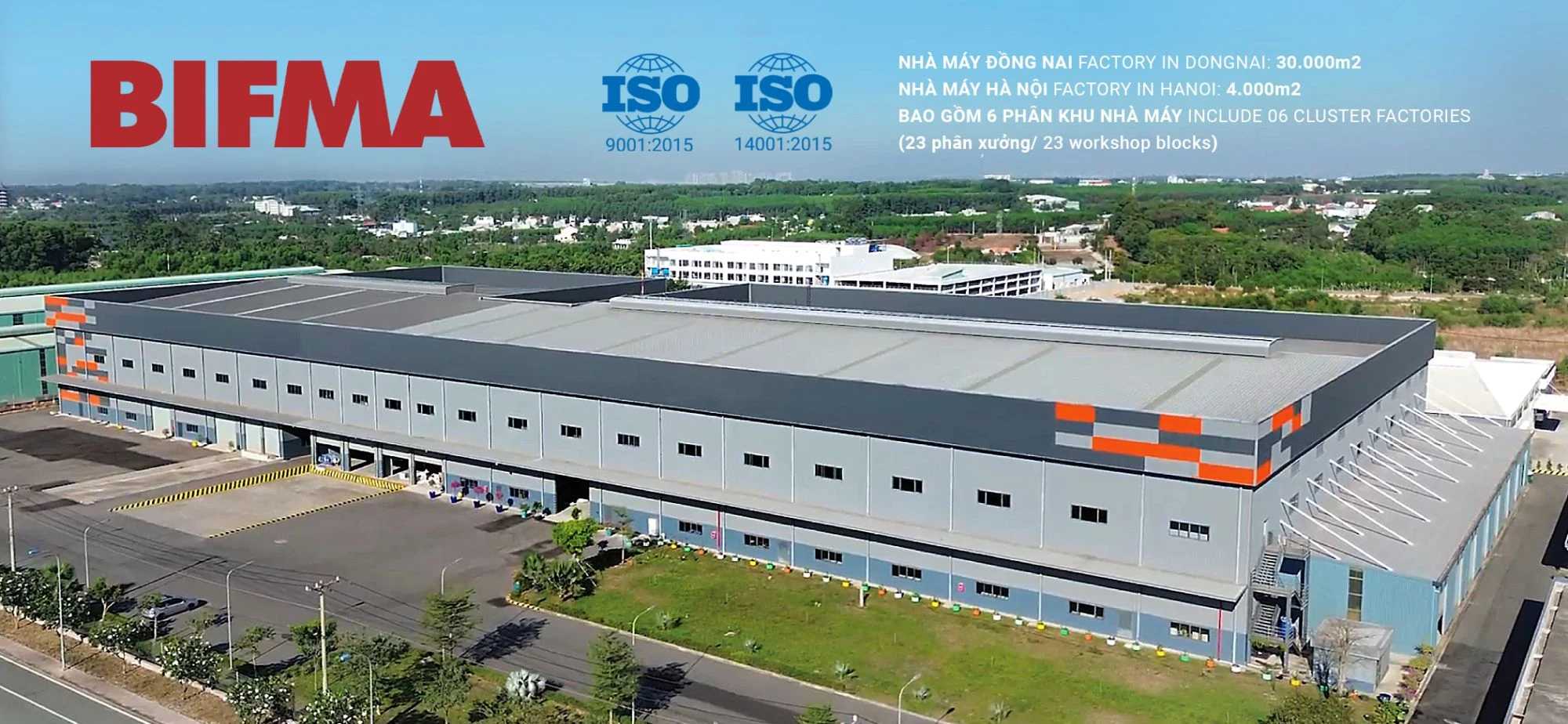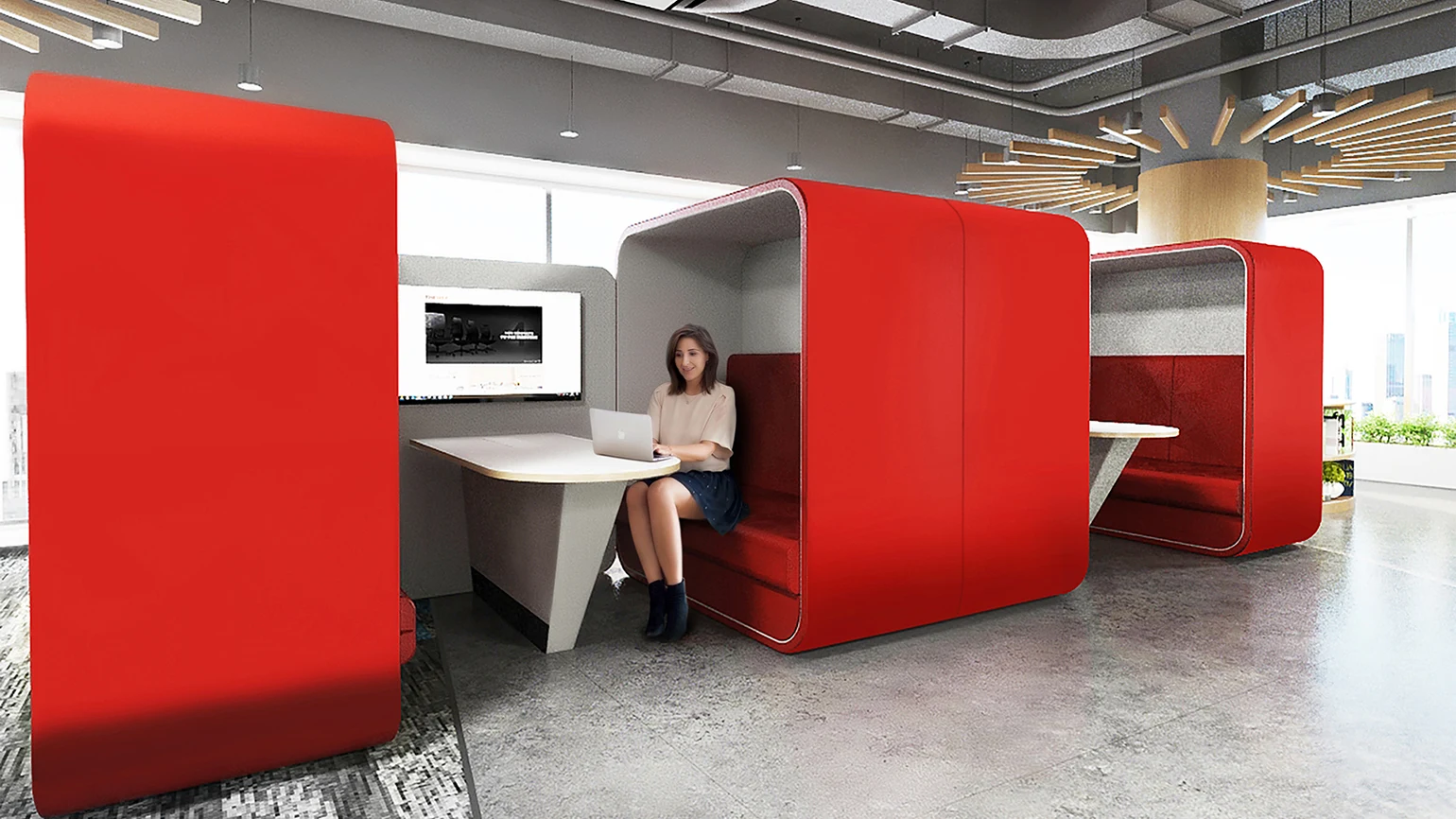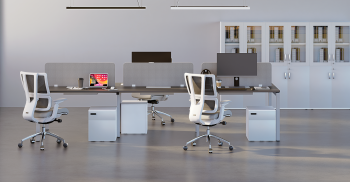5 TRENDS RESHAPING THE MODERN WORK ENVIRONMENT
The work environment is undergoing a profound transformation as businesses embrace flexibility, sustainability, and technology. No longer just a space for task completion, the modern office is evolving into a place that inspires, boosts productivity, and reflects company culture. Here are five key trends redefining the work environment in today’s era.
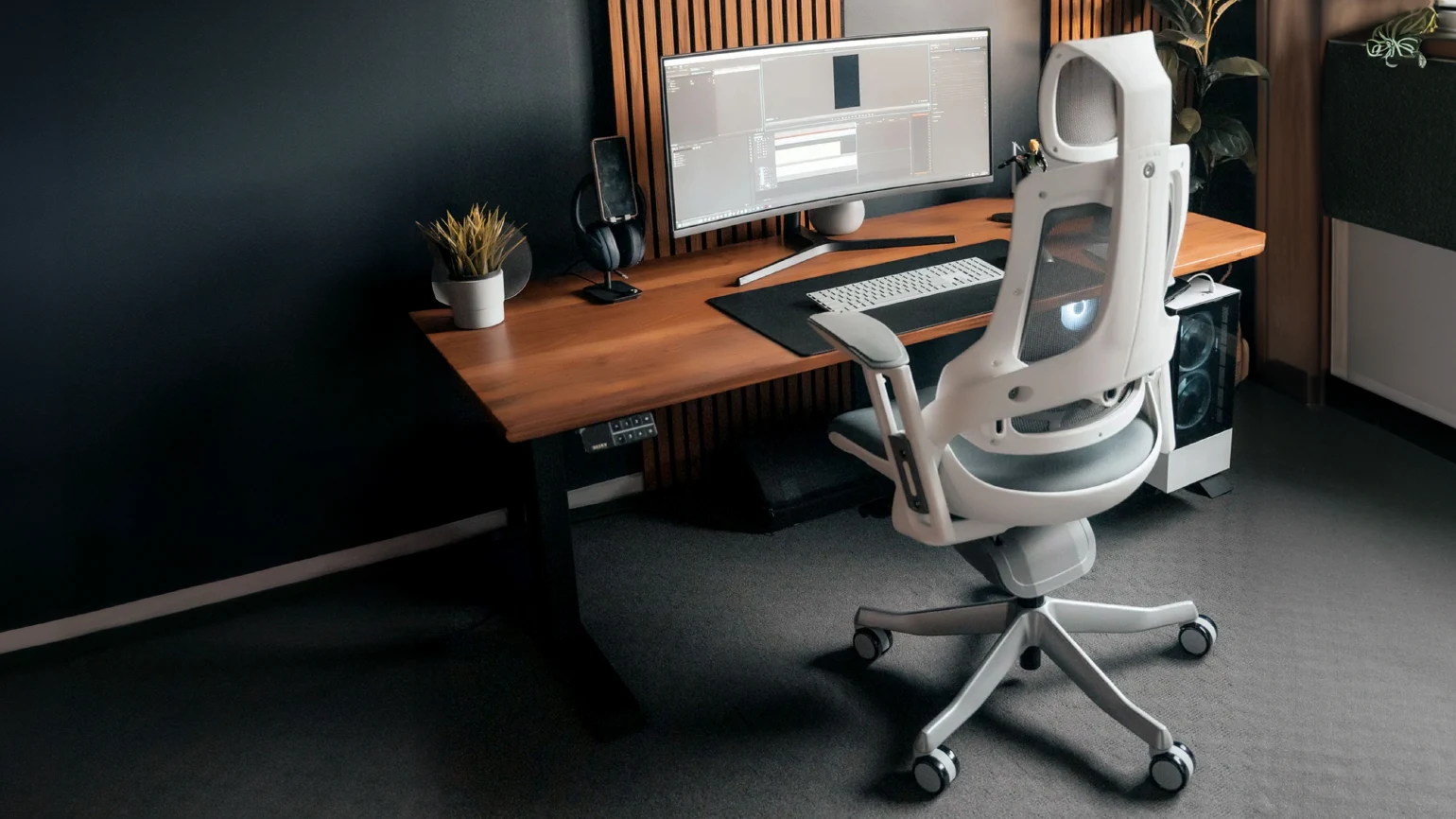
1. Sustainable Materials – Emotional Connection Meets Aesthetic Value
More companies are turning to sustainable materials in office interior design to reduce costs, demonstrate environmental commitment, and foster emotional connections with employees. This marks a crucial step in building a more inspiring and eco-conscious work environment.
Aluminum, for instance, a highly recyclable metal is gaining popularity for its durability, affordability, and modern appeal. Metallic finishes with reflective or iridescent effects enhance design aesthetics and evoke feelings of openness and creativity.
Furniture made from recycled materials like engineered wood, organic fabrics, or bioplastics also brings a sense of nature indoors, which plays a vital role in supporting mental wellness within the work environment.
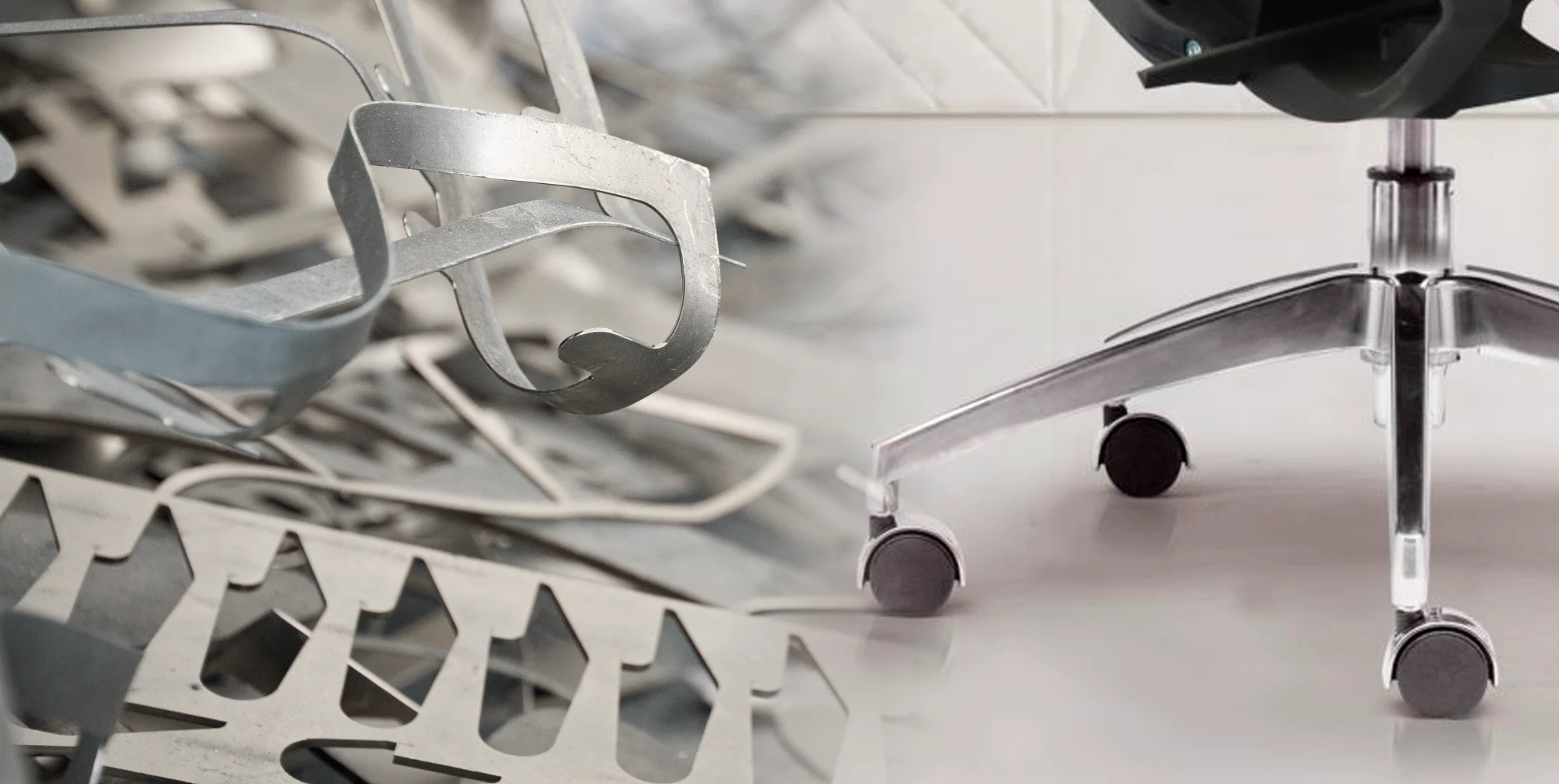
2. Lessons from the Airline Industry – Making the Office a Destination
Airports and airlines are continuously improving their customer experience by creating welcoming, engaging spaces even when flights are delayed. This philosophy is becoming a key inspiration for designing the modern work environment.
Incorporating natural light, raw materials, open layouts, soothing sounds, and multipurpose furniture can transform an office into a space where people want to stay not just somewhere they’re obligated to be.
Learning from the airline industry, many companies are now designing quiet zones, relaxing lounges, and collaborative hubs to support different work styles and moods, all within a single, versatile work environment.
3. Flexible Work Schedules – Redefining Productivity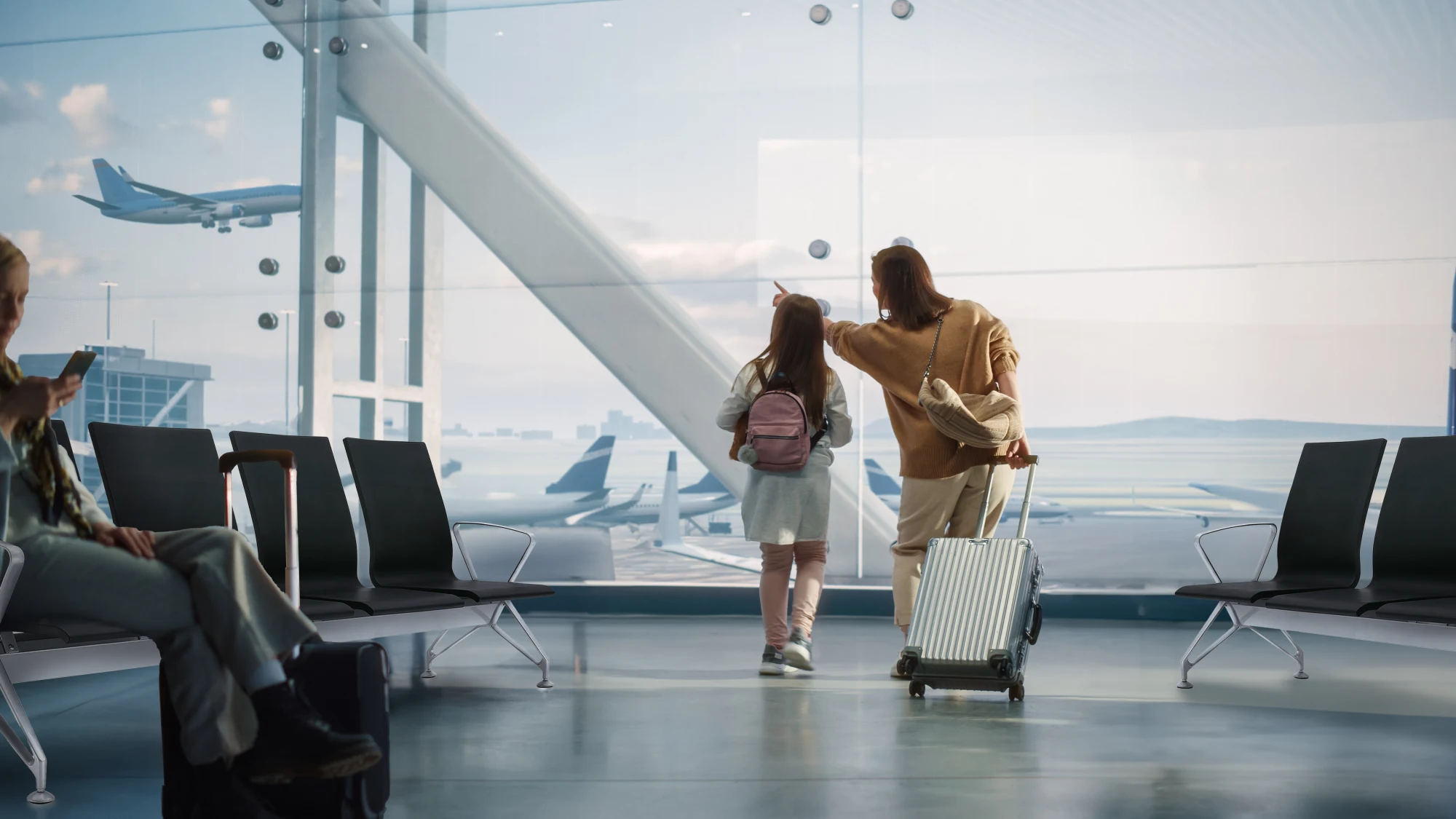
The traditional 9-to-5, five-day workweek no longer fits the needs of today’s workforce. With hybrid models and remote work on the rise, the work environment is no longer confined to office walls, it now extends to cafés, homes, and coworking spaces.
Modern employees value control over their time. Many choose to leave the office early for personal tasks and return to work later in the evening to stay productive. This shift demands that businesses create flexible work environments, both physically and culturally where employees feel empowered and trusted.
4. Gen Z – Challenging Old Norms
Raised amid constant change, Gen Z brings a new perspective to the work environment. They place less value on tradition and more on fairness, practicality, and autonomy in the workplace.
To them, a job is a straightforward transaction and the workplace must be transparent, inclusive, and adaptable. They expect the work environment to reflect values like freedom, diversity, and personalization.
This shift is prompting organizations to redesign their work environments not only to attract but also retain young, high-potential talent by offering spaces that support individuality and creativity.

5. Embracing Technology – The Productivity & Connectivity Leap
Technology is reshaping every aspect of the work environment. From virtual meeting rooms and AI-driven productivity tools to cloud-based collaboration platforms, technology empowers employees to work effectively regardless of location.
But with innovation comes challenges, particularly around privacy, copyright, and intellectual property. Companies must stay updated on emerging trends while fostering a responsible and transparent tech culture in the work environment.
Investing in the right technologies not only boosts efficiency but also signals a company’s long-term commitment to innovation and sustainable growth in the eyes of both employees and stakeholders.
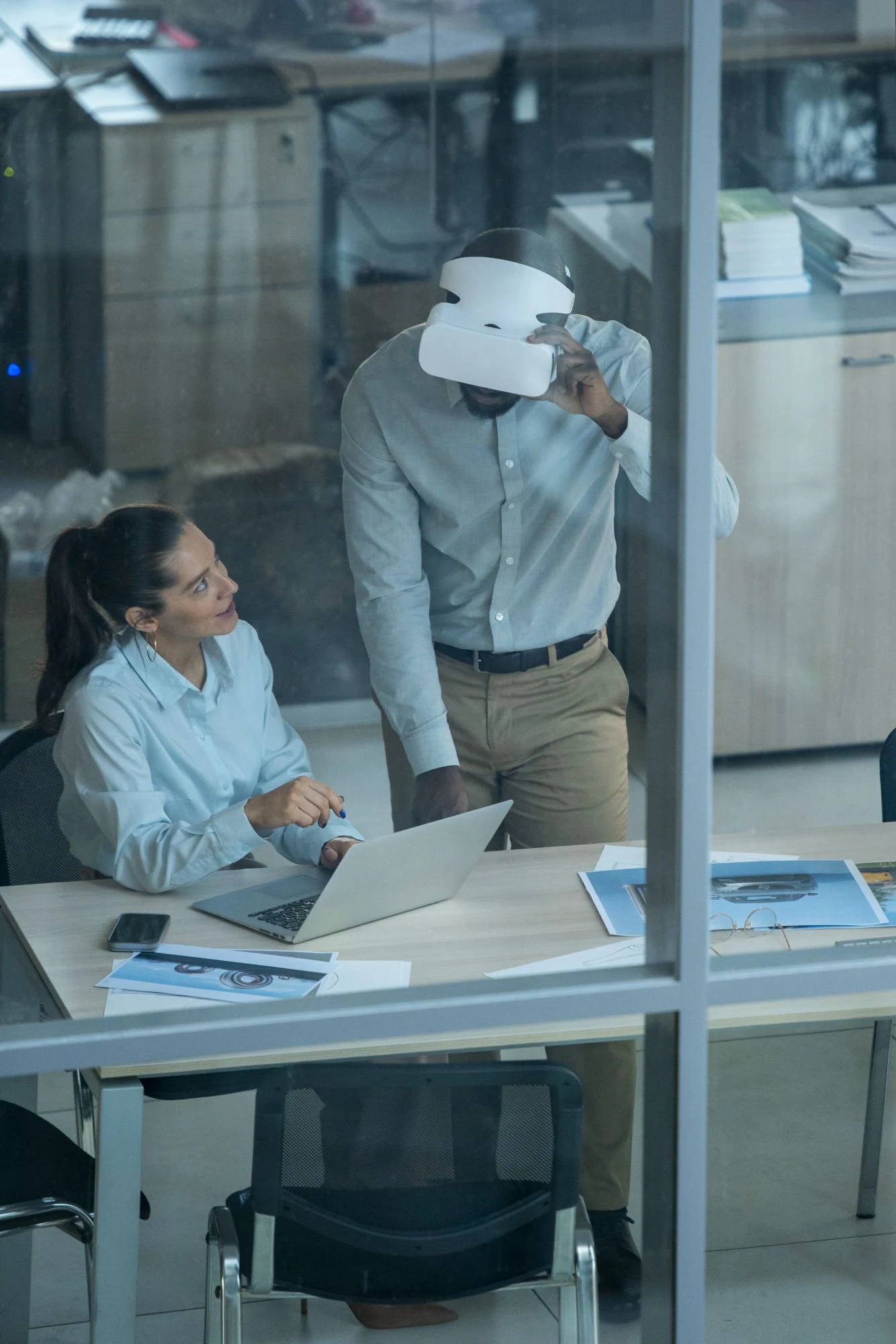
Conclusion
Evolving the modern work environment is not just about providing a place to work, it’s about creating a balanced ecosystem where productivity meets emotion, technology meets human connection, and individual needs meet collective goals. Companies that recognize this will gain a powerful edge in attracting and retaining top talent, while also building lasting organizational value.

